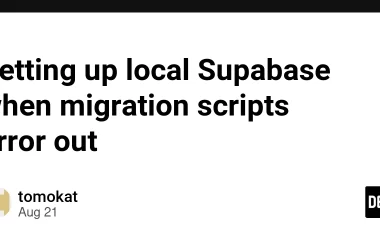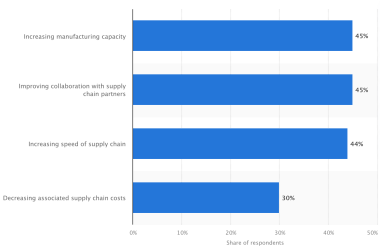Problem Definition
Ordering log events produced across distributed systems is fundamentally constrained by the nature of independent physical clocks. Wall-clock timestamps cannot provide a reliable global sequence, because each machine maintains its own oscillator with unavoidable drift. Even under NTP or similar protocols, timestamp discrepancies accumulate continuously due to rate differences, network delays, and local scheduling effects.
Any distributed operation introduces uncertainty in temporal order. Network latency, buffering, batching, and concurrency all contribute to the inability to determine whether two events across services occurred in a particular order when relying solely on physical time. The concept of temporal ordering is meaningful only within a single clock domain; across independent clocks, timestamps cannot be meaningfully compared.
Attempts to merge logs by wall-clock timestamps therefore yield interleavings that may not reflect causality. The resulting timeline may hide the true execution structure of the system.
Limitations of Timestamp-Based Approaches
Conventional log ingestion and aggregation systems typically sort events using:
- the timestamp recorded by the service, or
- the timestamp of ingestion by the collector.
Both approaches suffer inherent limitations:
- Clock drift is indistinguishable from communication delay. No observation can determine whether a later timestamp originated from drift or from slow delivery.
- Timestamps encode no causal information. An event with a greater timestamp may not depend on an event with a smaller one.
- Collectors alter event order. Batching and transport buffering introduce additional nondeterministic reordering unrelated to causality.
- Sorting heuristics obscure underlying issues. When tools reorder logs using timestamps, clock drift becomes invisible; without reordering, the sequence appears chaotic.
Because globally correct ordering cannot be derived from wall-clock time, most platforms expose ordering policies to users, implicitly acknowledging the limitations of timestamp-based ordering.
Solution: Logical Clock Propagation
A more robust approach is to derive ordering from causality rather than physical time. This is achieved by propagating two logical values—branch and sequence—along the execution path of each trace.
Overview
Each request carries:
-
trace_id– uniquely identifies the execution. -
branch– a hierarchical identifier describing the request’s execution path through the system. -
sequence– a monotonically increasing counter local to the current branch.
Every log entry produced within that request includes (trace_id, branch, sequence), allowing deterministic reconstruction of execution order.
Sequence Increment
The sequence value increases with each causally significant step performed along the same branch: service-to-service calls, internal operations, or downstream interactions such as database access.
Events within a branch are totally ordered by the sequence field.
Branch Creation
When execution diverges into parallel or independent subpaths, a new branch identifier is created by extending the current branch:
- root branch:
/ - first parallel branch:
/0/ - second parallel branch:
/1/
Each new branch initializes its own sequence counter starting at zero.
Sibling branches represent concurrent execution and therefore remain unordered relative to each other.
Observations
Causal Ordering
The branch–sequence mechanism encodes happens-before relations explicitly:
- Events within the same branch are totally ordered by
sequence. - Branch prefixes encode ancestry (e.g.,
/1/2/descends from/1/). - Sibling branches (e.g.,
/0/and/1/) represent concurrency and therefore remain unordered.
Practical Properties
- Unaffected by clock drift, NTP adjustments, or physical-time inconsistencies.
- Represents execution structure explicitly, enabling reliable causal reconstruction.
- Requires minimal instrumentation: two small metadata fields propagated through normal trace context.
- Suitable both for operational debugging and post-incident analysis.
By deriving ordering from execution structure instead of timekeeping infrastructure, the branch–sequence method provides deterministic, causally accurate ordering within each distributed trace.
References





